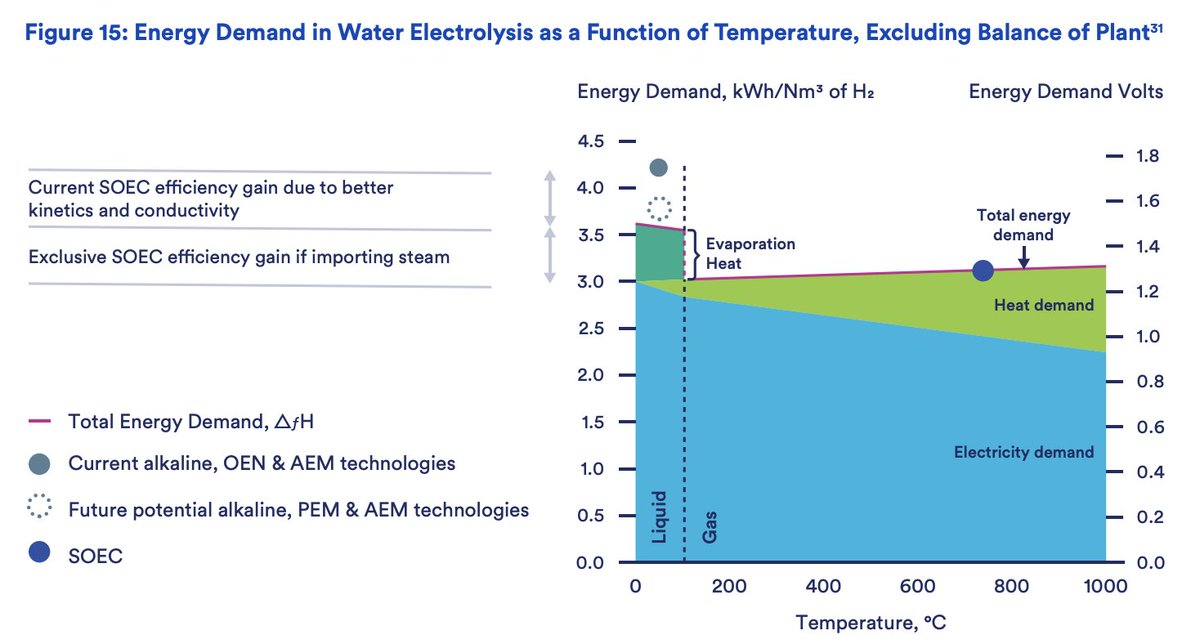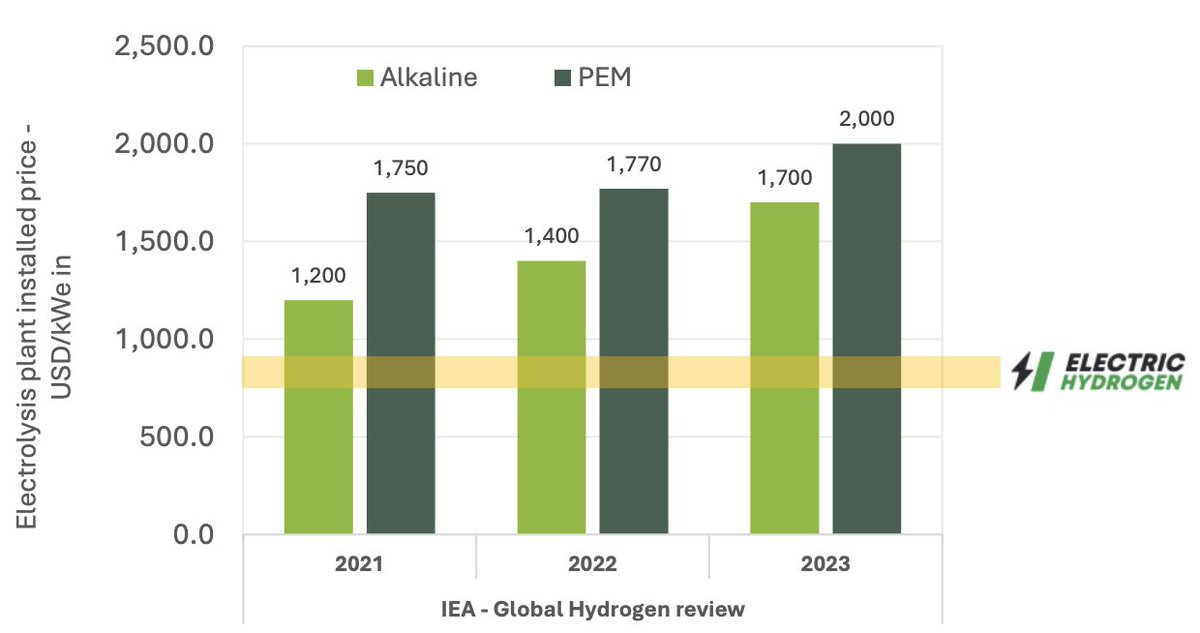Daimler announces expansion of their #EV truck line. Two new trucks coming in similar class:
Battery-electric eActros with 500km range going into serial production in 2024.
Fuel-cell electric GenH2 with 1,000km range. Trials in 2023 with serial production in “second half 2020”
Battery-electric eActros with 500km range going into serial production in 2024.
Fuel-cell electric GenH2 with 1,000km range. Trials in 2023 with serial production in “second half 2020”
https://twitter.com/DaimlerTruckBus/status/1306185818051018753
“The fuel cell truck will be fuelled from two liquid #hydrogen tanks with a total capacity of 40kg.”
I wonder how this will impact the interoperability with current gen gaseous hydrogen fuelling stations.

I wonder how this will impact the interoperability with current gen gaseous hydrogen fuelling stations.


Martin Daum, CEO of Daimler trucks, explicitly asks the German and EU governments to focus on green hydrogen and to forgive alternatives such as catenaries. 

After speaking about fossil hydrogen Martin said this:
“Same problem with batteries which release more CO2 [than diesel] when charged with fossil fuels. I don’t need the media to tell me this”
Uh oh. Sounds like @AukeHoekstra debunks haven’t made it to Daimler boardroom.
“Same problem with batteries which release more CO2 [than diesel] when charged with fossil fuels. I don’t need the media to tell me this”
Uh oh. Sounds like @AukeHoekstra debunks haven’t made it to Daimler boardroom.
On electric truck competitiveness, he adds the following to justify asking for state support:
“If I take the most optimistic assumption on electricity and hydrogen prices both fuel cell and battery electric vehicles are more expensive to run than diesel”
“If I take the most optimistic assumption on electricity and hydrogen prices both fuel cell and battery electric vehicles are more expensive to run than diesel”
*forgo
Autocorrect has been recently intervening even if the word was spelled correctly. Anyone experiencing this same annoying issue?
Autocorrect has been recently intervening even if the word was spelled correctly. Anyone experiencing this same annoying issue?
• • •
Missing some Tweet in this thread? You can try to
force a refresh






















